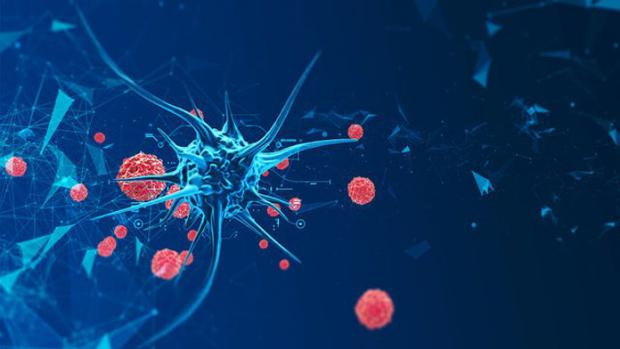
Breaking News
 BREAKING: Federal Agents Descend on Suspected Somali Fraud Sites in Minneapolis (VIDEO)
BREAKING: Federal Agents Descend on Suspected Somali Fraud Sites in Minneapolis (VIDEO)
 BREAKING: Federal Agents Descend on Suspected Somali Fraud Sites in Minneapolis (VIDEO)
BREAKING: Federal Agents Descend on Suspected Somali Fraud Sites in Minneapolis (VIDEO)
 Aargh! Letters of marque would unleash Blackbeard on the cartels
Aargh! Letters of marque would unleash Blackbeard on the cartels
 How a Barter System Could Sustain Communities During a Supply Chain Collapse
How a Barter System Could Sustain Communities During a Supply Chain Collapse
Top Tech News
 EngineAI T800: Born to Disrupt! #EngineAI #robotics #newtechnology #newproduct
EngineAI T800: Born to Disrupt! #EngineAI #robotics #newtechnology #newproduct
 This Silicon Anode Breakthrough Could Mark A Turning Point For EV Batteries [Update]
This Silicon Anode Breakthrough Could Mark A Turning Point For EV Batteries [Update]
 Travel gadget promises to dry and iron your clothes – totally hands-free
Travel gadget promises to dry and iron your clothes – totally hands-free
 Perfect Aircrete, Kitchen Ingredients.
Perfect Aircrete, Kitchen Ingredients.
 Futuristic pixel-raising display lets you feel what's onscreen
Futuristic pixel-raising display lets you feel what's onscreen
 Cutting-Edge Facility Generates Pure Water and Hydrogen Fuel from Seawater for Mere Pennies
Cutting-Edge Facility Generates Pure Water and Hydrogen Fuel from Seawater for Mere Pennies
 This tiny dev board is packed with features for ambitious makers
This tiny dev board is packed with features for ambitious makers
 Scientists Discover Gel to Regrow Tooth Enamel
Scientists Discover Gel to Regrow Tooth Enamel
 Vitamin C and Dandelion Root Killing Cancer Cells -- as Former CDC Director Calls for COVID-19...
Vitamin C and Dandelion Root Killing Cancer Cells -- as Former CDC Director Calls for COVID-19...
 Galactic Brain: US firm plans space-based data centers, power grid to challenge China
Galactic Brain: US firm plans space-based data centers, power grid to challenge China
Researchers Develop Cheap, 10-Minute Test That Can Detect Cancer Anywhere in the Body

Australian scientists are being hailed for possibly developing a quick and easy test that can detect any kind of cancer in a matter of minutes.
Cancer is an extremely complicated and variable disease and different types of cancer have different signatures. Up until now, the scientists have had trouble finding a simple signature that was distinct from healthy cells and common to all cancers – but the team was finally able to identify a unique biomarker that was common in every type of cancer they examined, including prostate, colorectal, lymphoma, and several different forms of breast cancers.
The researchers found that – in a healthy patient – there are tiny molecules called methyl groups that are spread across DNA structures. Since the methyl groups are dramatically affected by the presence of cancer, however, the patterns and clusters of methyl groups will change their formations.
The team then developed a simple tool that could search and identify these pattern changes within a matter of minutes.
"In healthy cells, these methyl groups are spread out across the genome, but the genomes of cancer cells are essentially barren except for intense clusters of methyl groups at very specific locations," said Dr. Laura Carrascosa, one of the University of Queensland researchers involved in the project.
Professor Matt Trau said their team discovered that intense clusters of methyl groups placed in a solution caused cancer DNA fragments to fold into unique three-dimensional nanostructures that could easily be separated by sticking to solid surfaces, such as gold.
"We designed a simple test using gold nanoparticles that instantly change color to determine if the 3D nanostructures of cancer DNA are present," explained Trau.



